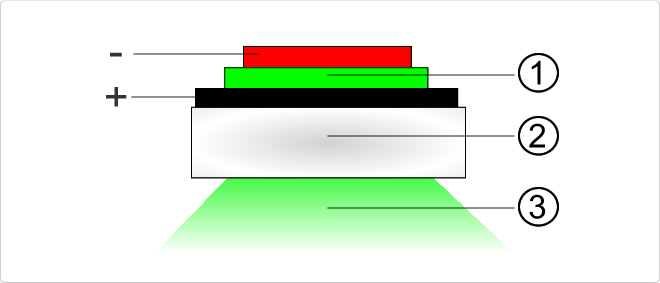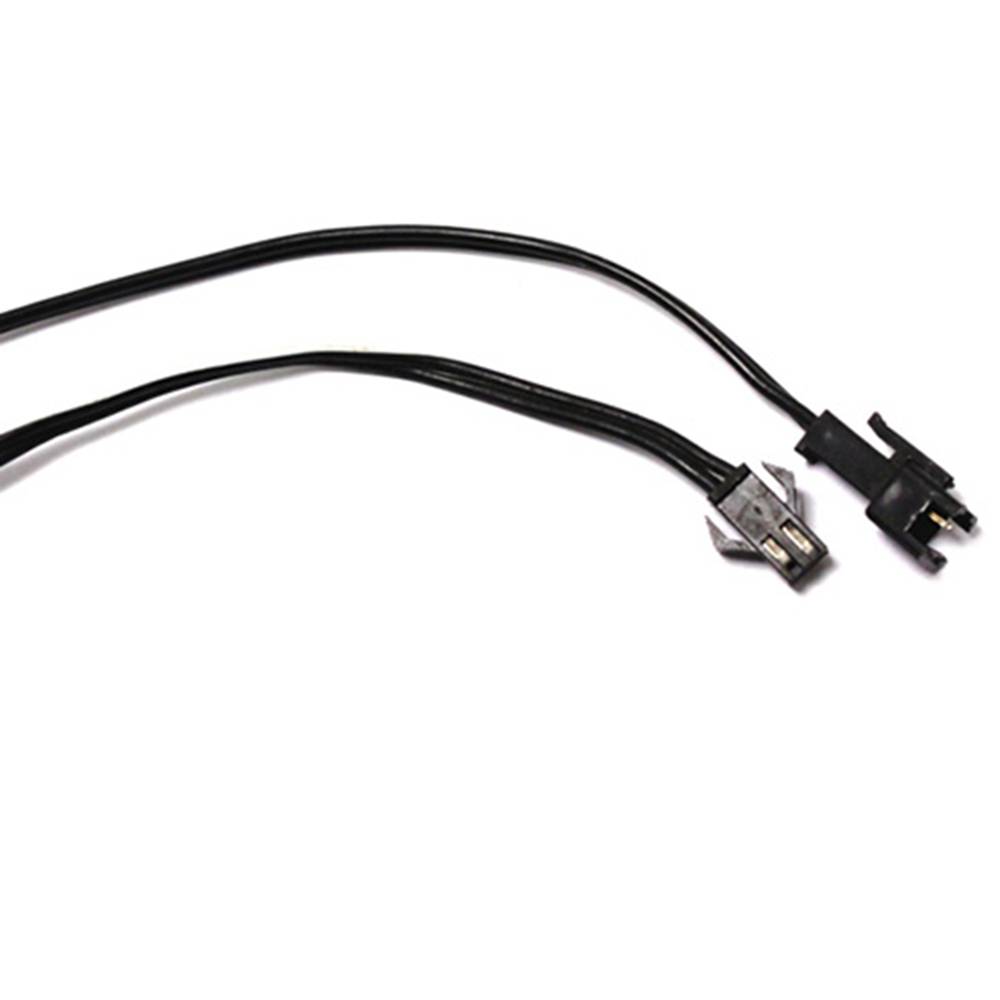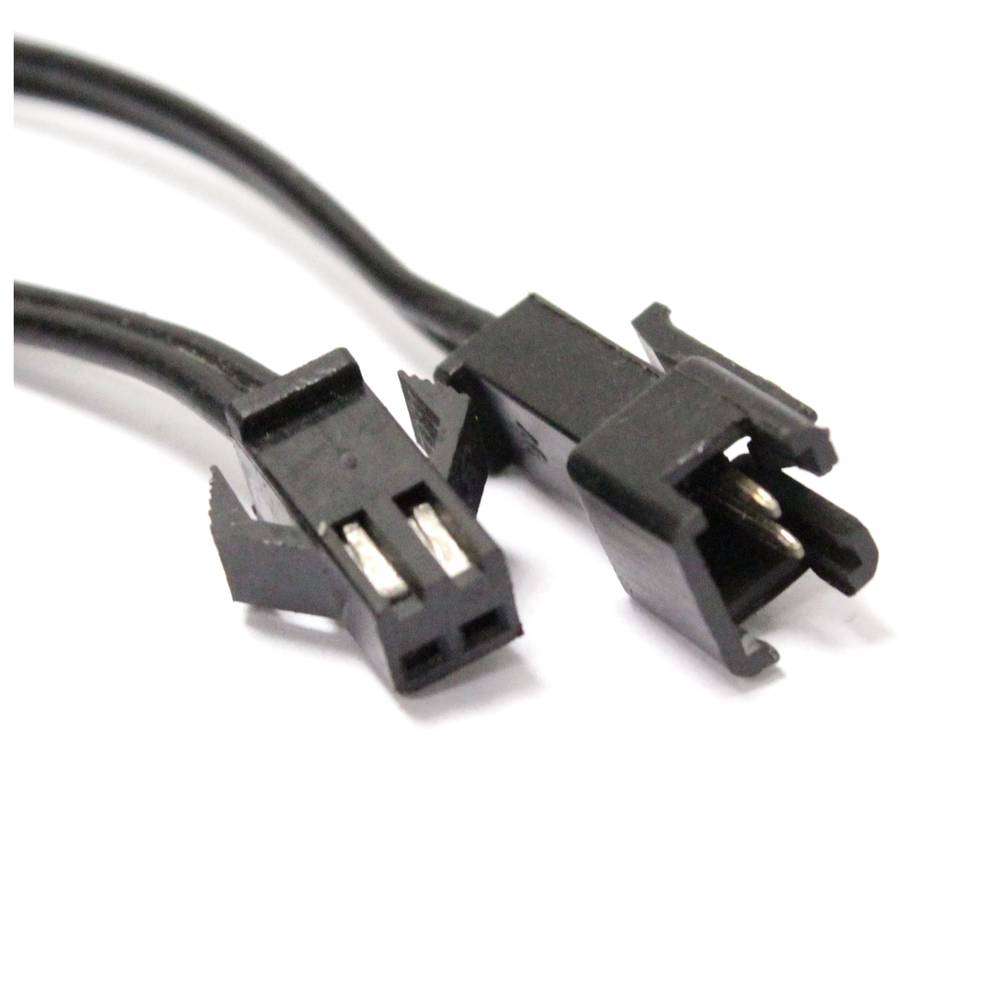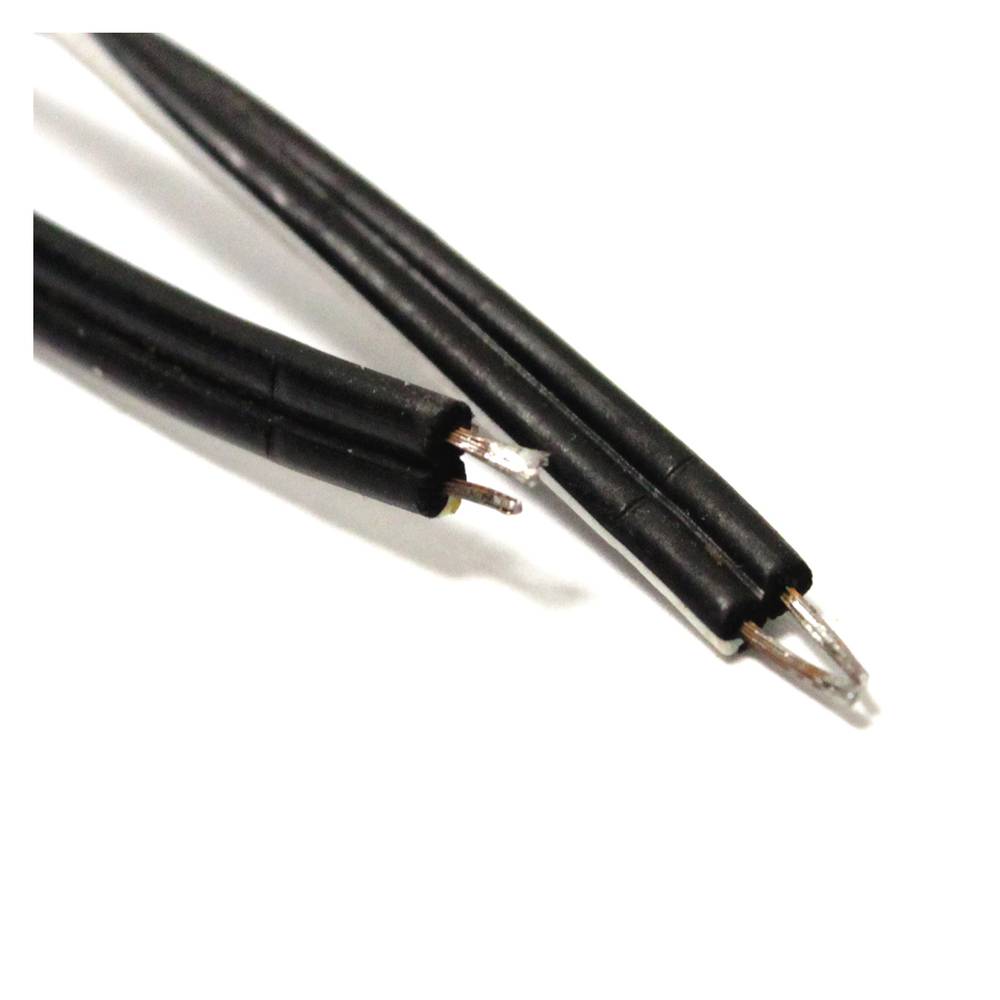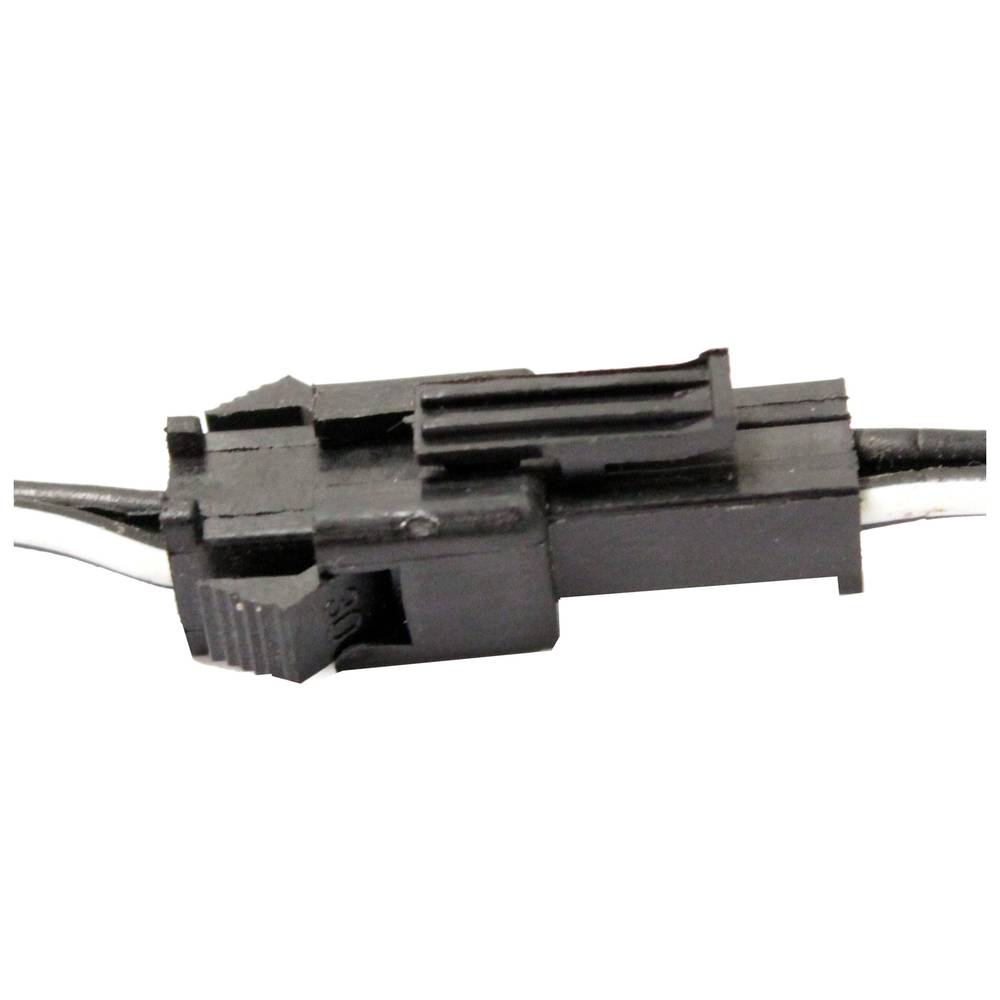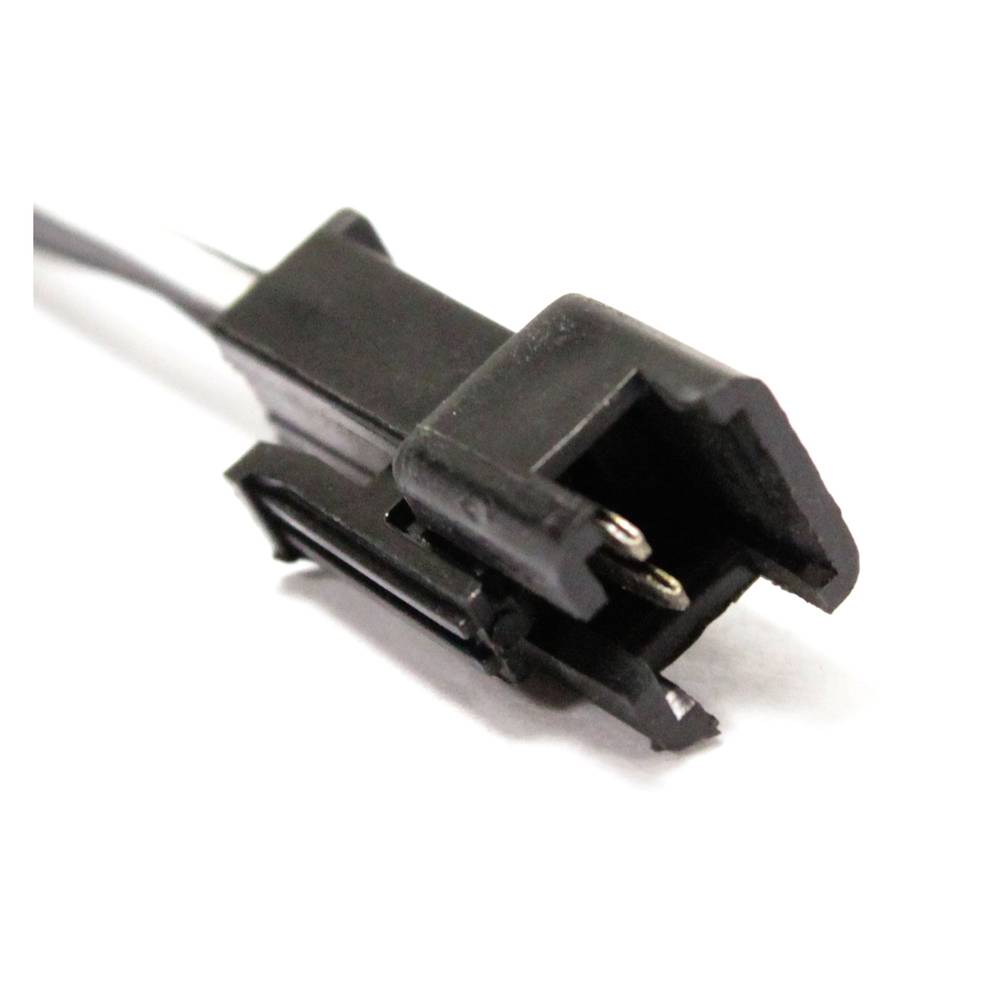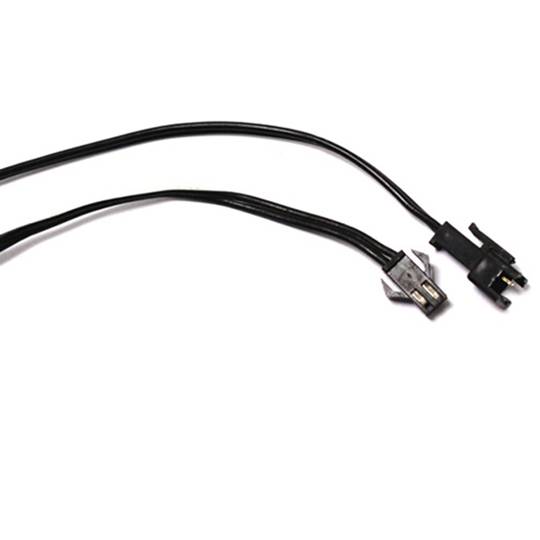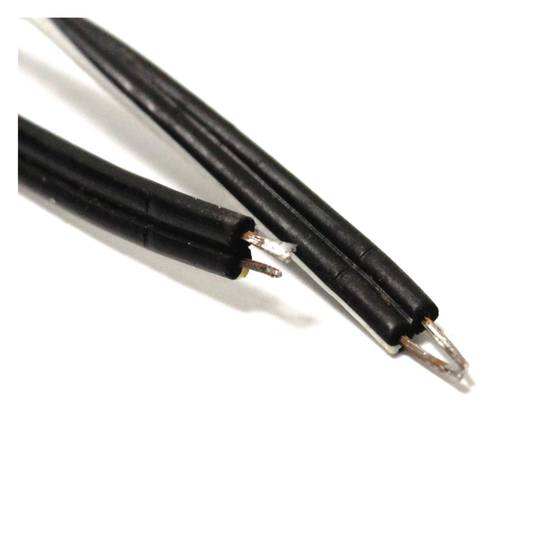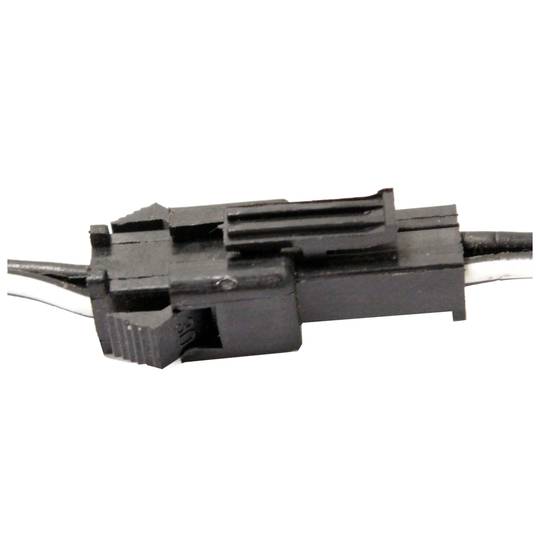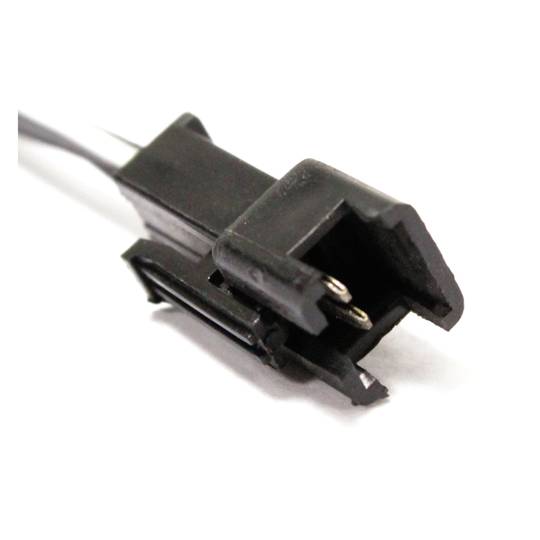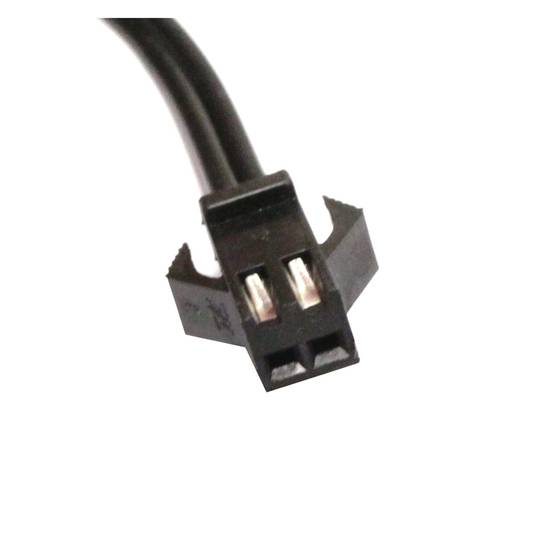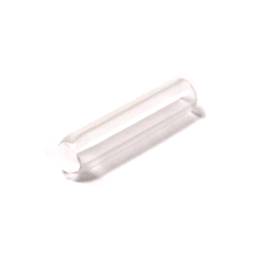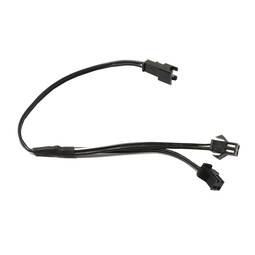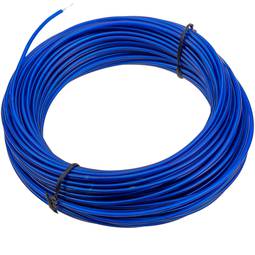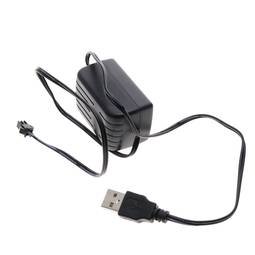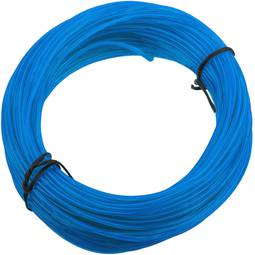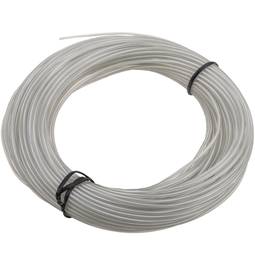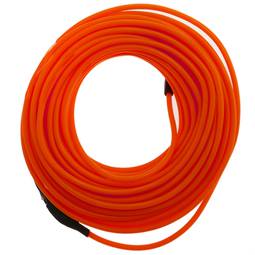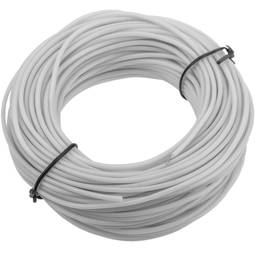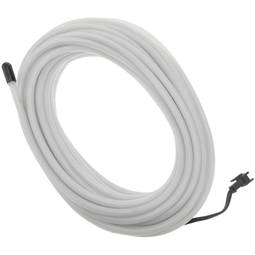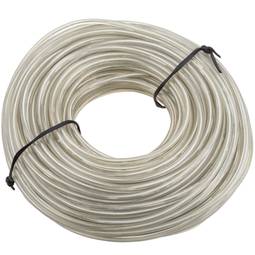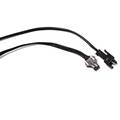10/30/2025 7:23 a.m.
https://cablematic.com/en/products/connector-for-cable-splicing-electroluminescent-investor-NW092/
https://cablematic.com/en/products/connector-for-cable-splicing-electroluminescent-investor-NW092/
Connector for cable splicing electroluminescent investor
REF: NW092
Specifications
- 2-pin connector with polarity, for use with electroluminescent solutions.
- This connector can be used to connect the inverter with the electroluminescent cable.
- Each connector has 10cm of welding cable.
PVP
€0.29
Price including VAT:
€0.29
PVD
€0.25
PVP: Retail price.
Check conditions.
PVP: Sale price to distributors.
Check conditions.
warranty
returns
safe
We will notify you when it is back in stock.
Specifications
- 2-pin connector with polarity, for use with electroluminescent solutions.
- This connector can be used to connect the inverter with the electroluminescent cable.
- Each connector has 10cm of welding cable.
Keywords
Did not find what you were looking for? These topic could help you
More info
2-pin connector with polarity, for use with electroluminescent solutions. This connector can be used to connect the inverter with the electroluminescent cable. Each connector has 10cm of welding cable.
- Gross Weight: 10 g
- Product size (width x depth x height): 4.0 x 2.0 x 1.0 cm
- Number of packages: 1
- Packages size: 4.0 x 2.0 x 1.0 cm
- Master-pack: 1
Technical terms
- Electroluminescence
Electroluminescence
Electroluminescence is an optical and electrical phenomenon in which a material emits light in response to the passage of an electric current or to a strong electric field.
The typical structure of an OLED electroluminescent device is based on one or more organic semiconductor layers provided between two electrodes.
The organic materials can be very small molecules or polymers.
If we cut an electroluminescent strip vertically we will find first with the negative electrode or cathode, usually metal. Here we find the luminescent material (1) and followed by the positive electrode or anode (conductive material).This conductor would be covered with a transparent protective layer (2).The combination of electrons and holes in a material, typically a semiconductor, generates the release of the electrons energy as photons. These photons are light (3) projected and visible.
Its most important technical features are:
The typical structure of an OLED electroluminescent device is based on one or more organic semiconductor layers provided between two electrodes.
The organic materials can be very small molecules or polymers.
If we cut an electroluminescent strip vertically we will find first with the negative electrode or cathode, usually metal. Here we find the luminescent material (1) and followed by the positive electrode or anode (conductive material).This conductor would be covered with a transparent protective layer (2).The combination of electrons and holes in a material, typically a semiconductor, generates the release of the electrons energy as photons. These photons are light (3) projected and visible.
Its most important technical features are:
- They can illuminate large surfaces.
- Uniform illumination.
- Very low power consumption.
- No radiation emission.
- Very small sizes and/or flat.
- Flexible.
- Indoors and outdoors working.
- No vibration.
- There are a lot of colours.
- Lighting panels of vehicles or aircraft.
- Keyboard panels or electronic panels.
- Displays.
- Signs and posters or billboards.
- Decoration.
- Road signs and vests.
